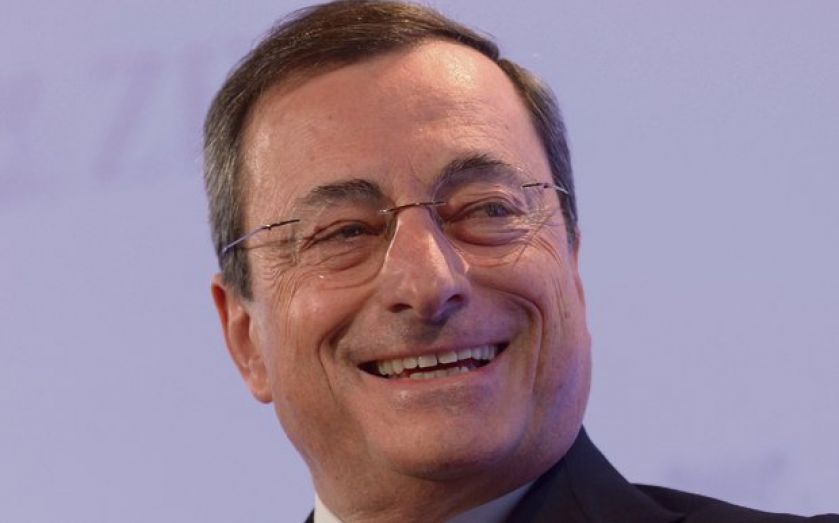Dreary Eurozone outlook raises pressure on Draghi

The policymakers of the European Central Bank (ECB) will meet again this week, faced with an increasingly dismal economic outlook and a growing chorus of disapproval.
Grim figures released on Friday confirmed that consumer price inflation in the euro area dropped to just 0.3 per cent in August, the lowest level in nearly five years. Italy also recorded deflation during the month, for the first time in half a century.
On Sunday, French Prime Minister Manuel Valls argued that the ECB must go further and that the euro is too strong for the French economy, a common protest from several European governments.
Some forecasters are now suggesting that the central bank will cut interest rates once again – despite a signal just three months ago that they had now reached their lowest possible level.
BNP Paribas expect another small cut in both its major interest rates. Its deposit rate is already in negative territory, at –0.1 per cent.
Many analysts also think a quantitative easing (QE) programme for the Eurozone is in the offing, but that the design and agreement of the policy will take some time. Societe Generale expects that such a programme could begin at around the turn of the year.
Barclays economists also suggest that the ECB will hold off from an asset purchase policy for the time being: “We believe the bar for outright QE remains high and is contingent on deflation and governments’ willingness to cooperate.”
The bank’s analysts indicated the forces weighing on ECB President Mario Draghi: “The ECB does not want QE to be a substitute for government action, especially on structural reforms.”
At the Italian government’s request, Eurozone leaders are set to hold an emergency summit on jobs and growth in early October. The latest growth figures for Eurozone nations were a disappointment, with no expansion whatsoever recorded during the three months to June.